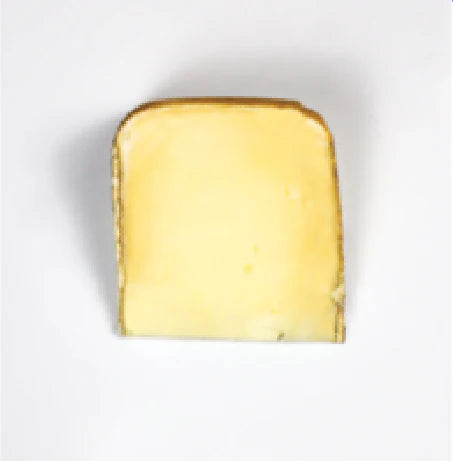SHEEP THEME
Welcome to the first box of Formaticum’s Cheese Course. Thank you for joining us on this journey through some of the best creameries, curds, and caves worldwide.
For the program’s start, we want to take you back to the beginning of cheesemaking history. Cheesemaking originated in the Fertile Crescent, which is today the Middle East. The climate and terrain weren’t suitable for large ruminants like cows, but goats and sheep could thrive and produce nourishing milk despite the harsh conditions. For this reason, sheep became the first dairy animal domesticated by humans.
Evidence of sheep’s milk cheese can be found throughout history, dating back to the Roman Empire. It has also been written about for centuries, most notably in Homer’s Odyssey, which mentions a ewe’s milk cheese made by the cyclops Polyphemus. Around the 14th century, sheep’s milk cheese was used as currency to pay bills and taxes.
Sheep’s milk is more suited for cheese than cow’s milk since cheesemaking is all about the individual components. Milk is mostly water, around 87%, and contains solids, including lactose (milk sugar), fat, protein (casein and whey), and minerals. The levels of these components are much higher in sheep’s milk — and more solids equals more cheese. Although cows yield more milk because of their size, the milk-to-cheese ratio is only 10:1, compared to the 6:1 ratio for sheep milk.
Chemically, sheep’s milk is more flavorful because it contains more short-chain fatty acids that produce aroma and flavor when broken down into free fatty acids during cheesemaking and aging. As an added bonus, sheep’s milk also contains conjugated linoleic acid, a beneficial fatty acid that can help support your immune system.
You can be sure that whatever the sheep are grazing upon, that flavor will come through more prominently in the milk. This makes sheep’s milk cheese an ideal example of terroir, or how every aspect of the environment in which cheese is made will affect the final flavor.
Now that you better understand sheep’s milk, it’s essential to know that sheep’s milk cheese spans more than just Manchego. There is a whole world of sheep’s milk cheese from many countries — for example, Basque-style mountain cheeses, Italian Pecorino of all ages and textures, and the unctuous and herbaceous torta-style cheeses from Spain and Portugal. Even a few creameries in the United States make sensational sheep’s milk cheese.
We believe there is a sheep’s milk cheese for every person and every palate, and our goal for this lesson is to help you understand the variety and versatility of sheep’s milk cheese. You will also learn to discern the characteristics that make your taste buds tingle with delight to communicate your preferences to your cheesemonger better and feel more comfortable tasting new cheeses. Of course, we hope our cheese selections and explanations will help foster a deeper understanding of and appreciation for the centuries of tradition and the incredible hard work and passion necessary to get these cheeses from the pasture to your fridge.
When you’re ready, let’s begin the lesson.




